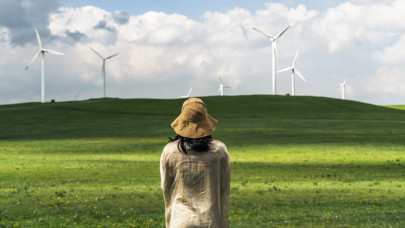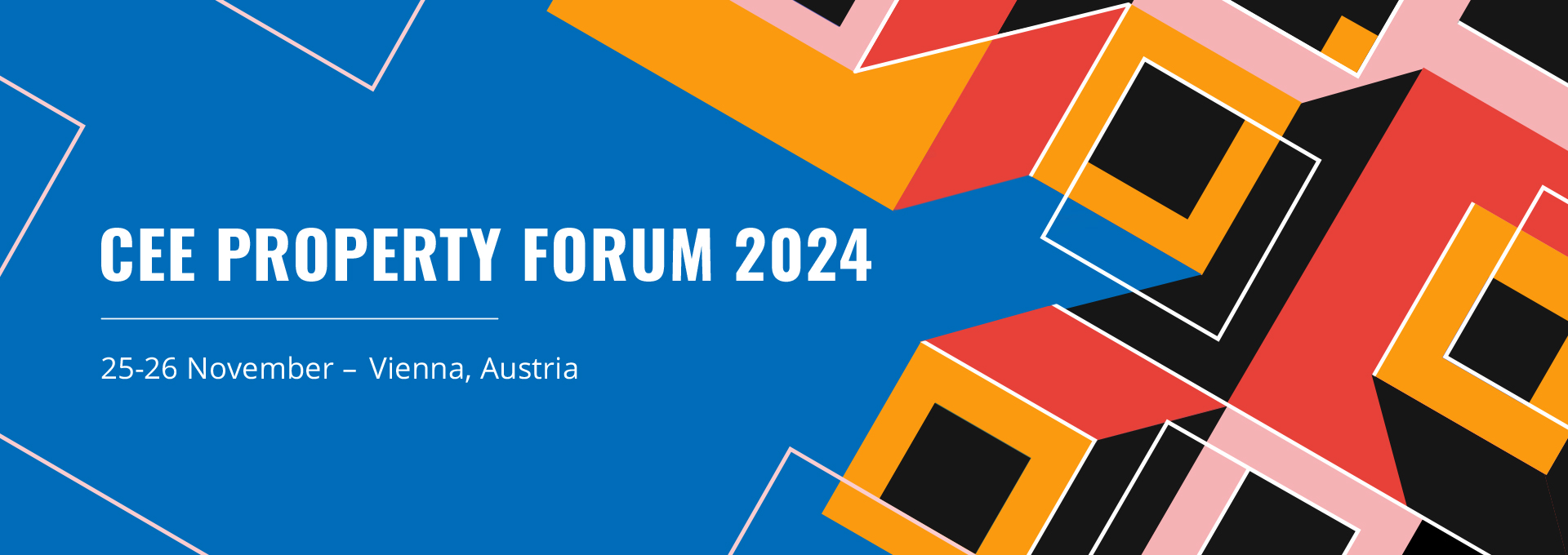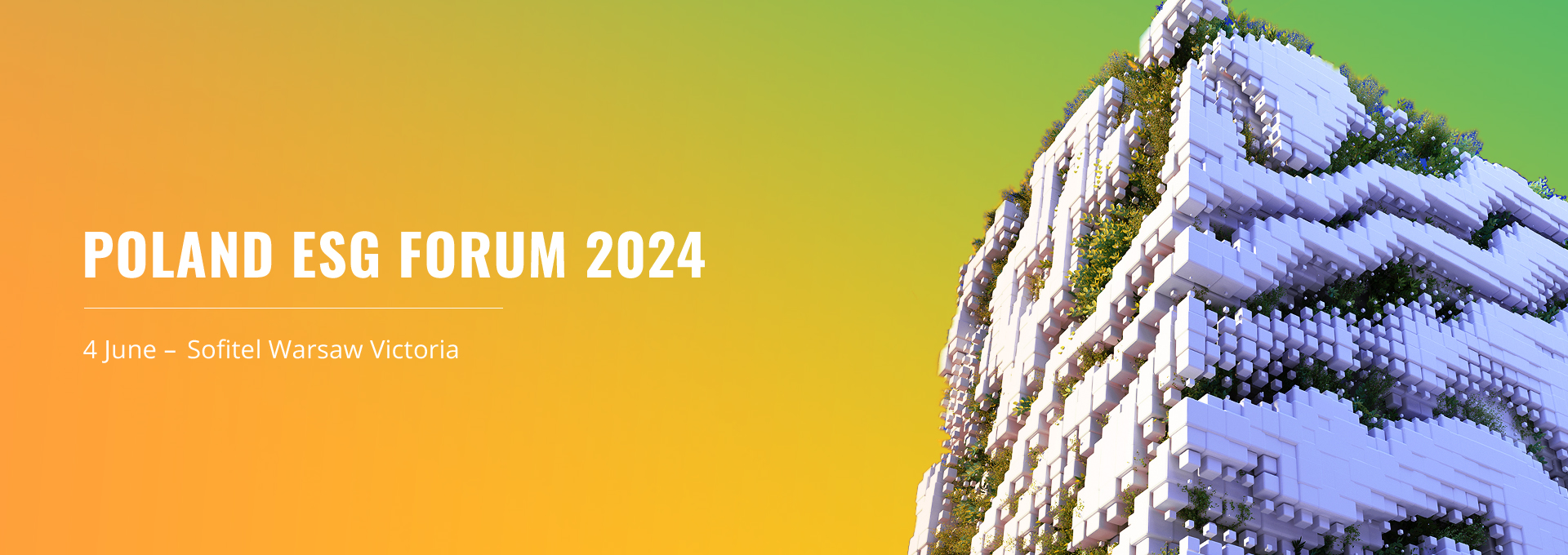Expanded grids are critical to enabling such levels of growth as the world deploys more electric vehicles, installs more electric heating and cooling systems, and scales up hydrogen production using electrolysis.
Reaching national goals also means adding or refurbishing a total of over 80 million kilometers of grids by 2040, the equivalent of the entire existing global grid. Grids are essential to decarbonize electricity supply and effectively integrate renewables. In a scenario in which countries' national energy and climate goals are met on time and in full, wind and solar PV account for over 80% of the total increase in global power capacity in the next two decades, compared with less than 40% over the past two decades.
In the International Energy Agency's (IEA) Net Zero Emissions by 2050 Scenario, wind and solar account for almost 90% of the increase. The acceleration of renewable energy deployment calls for modernizing distribution grids and establishing new transmission corridors to connect renewable resources – such as solar PV projects in the desert and offshore wind turbines out at sea – far from demand centers like cities and industrial areas.
To meet national climate targets, grid investment needs to double by 2030 to over $600 billion per year after over a decade of stagnation at the global level, with an emphasis on digitalizing and modernizing distribution grids. Concerningly, emerging and developing economies, excluding China, have seen a decline in grid investment in recent years, despite robust electricity demand growth and energy access needs. Advanced economies have seen steady growth in grid investment, but the pace needs to step up to enable rapid clean energy transitions. Investment continues to rise in all regions beyond 2030.
Modern and digital grids are vital to safeguard electricity security during clean energy transitions. As the shares of variable renewables such as solar PV and wind increase, power systems need to become more flexible to accommodate the changes in output. In a scenario consistent with meeting national climate goals, the need for system flexibility doubles between 2022 and 2030. Grids need to both operate in new ways and leverage the benefits of distributed resources, such as rooftop solar, and all sources of flexibility. This includes deploying grid-enhancing technologies and unlocking the potential of demand response and energy storage through digitalization.
At least 3,000 gigawatts (GW) of renewable power projects, of which 1,500 GW are in advanced stages, are waiting in grid connection queues – equivalent to five times the amount of solar PV and wind capacity added in 2022. This shows grids are becoming a bottleneck for transitions to net zero emissions. The number of projects awaiting connection worldwide is likely to be even higher, as data on such queues is accessible for countries accounting for half of global wind and solar PV capacity. While investment in renewables has been increasing rapidly – nearly doubling since 2010 – global investment in grids has barely changed, remaining static at around $300 billion per year.
Delays in grid investment and reform would substantially increase global carbon dioxide (CO2) emissions, slowing energy transitions and putting the 1.5 °C goal out of reach. For this report, we developed the Grid Delay Case to explore the impacts of more limited investment, modernization, digitalization, and operational changes that are envisioned in the IEA's climate-focused scenarios. The Grid Delay Case shows transitions stalling, with slower uptake of renewables and higher fossil fuel use. Cumulative CO2 emissions from the power sector to 2050 would be 58 gigatonnes higher in the Grid Delay Case than in a scenario aligned with national climate targets. This is equivalent to the total global power sector CO2 emissions from the past four years. It would also mean that the global long-term temperature rise would go well above 1.5 °C, with a 40% chance of it exceeding 2 °C.
At a time of fragile natural gas markets and concerns about gas supply security, failing to build out grids increases countries' reliance on gas. In the Grid Delay Case, global gas imports are over 80 billion cubic meters (bcm) a year higher after 2030 than in a scenario aligned with national climate targets – and coal imports are nearly 50 million tonnes higher. Delayed grid development also increases the risk that economically damaging outages would multiply. Today, such outages already cost around $100 billion a year, or 0.1% of global GDP.
Planning for transmission and distribution grids needs to be further aligned and integrated with broad long-term planning processes by governments. New grid infrastructure often takes five to 15 years to plan, permit, and complete, compared with one to five years for new renewables projects and less than two years for new EV charging infrastructure. Grid plans must integrate inputs from long-term energy transition plans across sectors, anticipating and enabling the growth of distributed resources, connecting resource-rich regions including offshore wind, and reflecting links with other sectors including transport, buildings and industry, and fuels such as hydrogen. Robust stakeholder and public engagement is key to inform scenario development. The public needs to be aware and informed about the link between grids and successful energy transitions.













